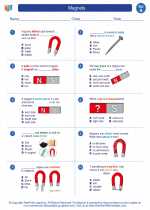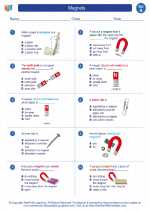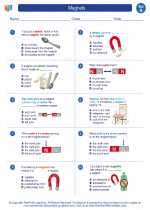Reproductive System
The reproductive system is a crucial part of the human body responsible for the production of offspring. It is made up of different organs and structures that work together to facilitate the process of reproduction.
Male Reproductive System
The male reproductive system includes the testes, where sperm are produced, and the penis, which is used for sexual intercourse and ejaculation. The sperm travel through the vas deferens and mix with fluids from the seminal vesicles, prostate gland, and bulbourethral gland to form semen, which is then ejaculated through the urethra during sexual intercourse.
Female Reproductive System
The female reproductive system includes the ovaries, which produce eggs, and the uterus, where a fertilized egg can implant and develop into a fetus. The fallopian tubes connect the ovaries to the uterus and are the site where fertilization typically occurs. The vagina serves as the birth canal and also allows for menstrual flow.
Reproductive Process
Reproduction typically involves the union of a sperm and an egg, a process known as fertilization. This can occur during sexual intercourse, leading to pregnancy. The developing fetus is nourished and protected within the mother's body until birth.
Study Guide
- What are the main organs of the male reproductive system?
- Describe the process of sperm production.
- How does fertilization occur in the female reproductive system?
- What are the functions of the ovaries and the uterus?
- Explain the role of the fallopian tubes in reproduction.
- What is the purpose of the penis in the male reproductive system?
- Compare and contrast the male and female reproductive systems.
Understanding the reproductive system is essential for comprehending the process of human reproduction and the development of new life. It is important to study and comprehend the functions of each organ and how they work together in the reproductive process.
.◂Science Worksheets and Study Guides First Grade. Magnets

 Worksheet/Answer key
Worksheet/Answer key
 Worksheet/Answer key
Worksheet/Answer key
 Worksheet/Answer key
Worksheet/Answer key
 Vocabulary/Answer key
Vocabulary/Answer key
